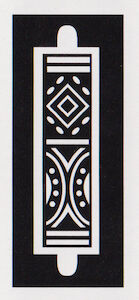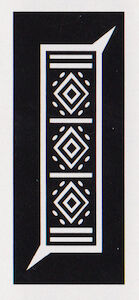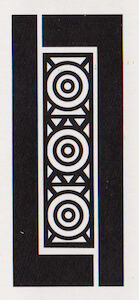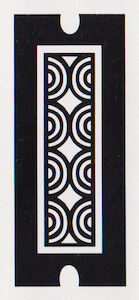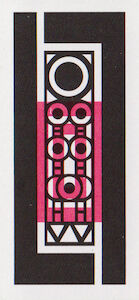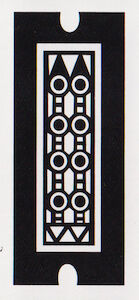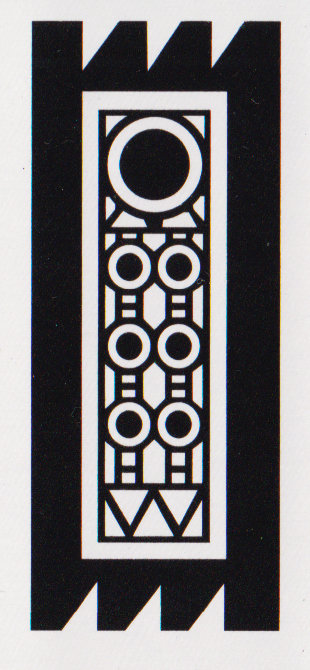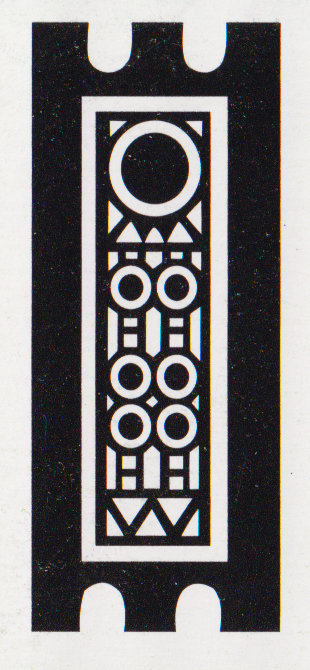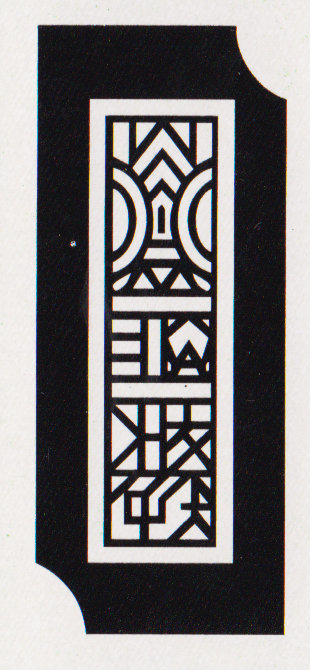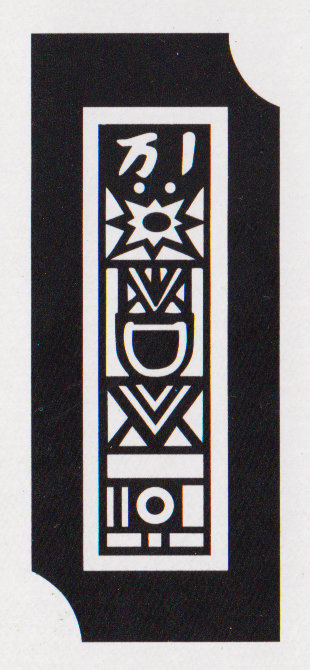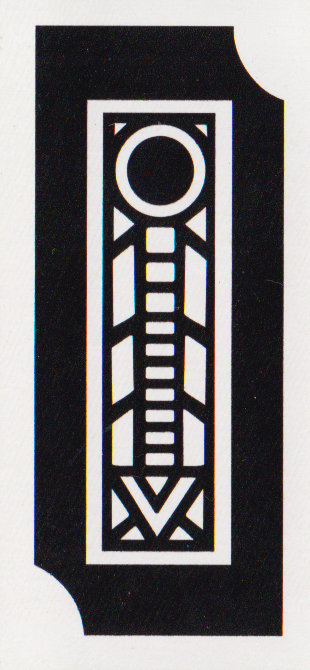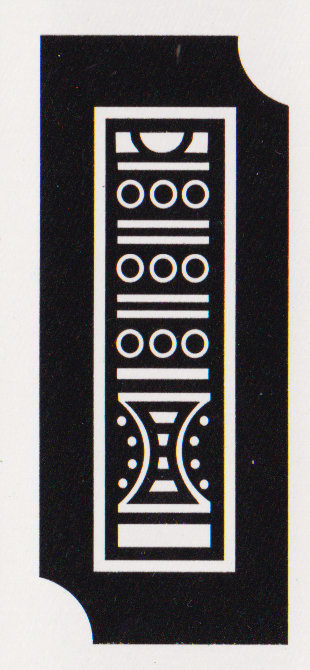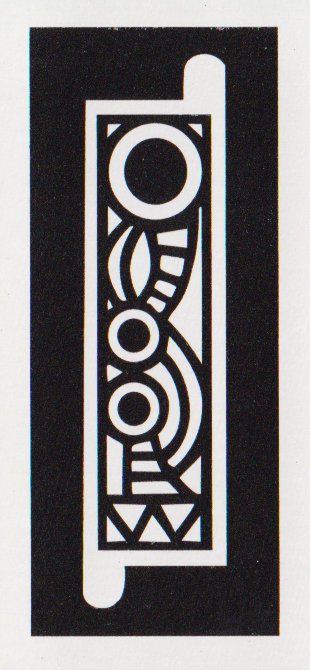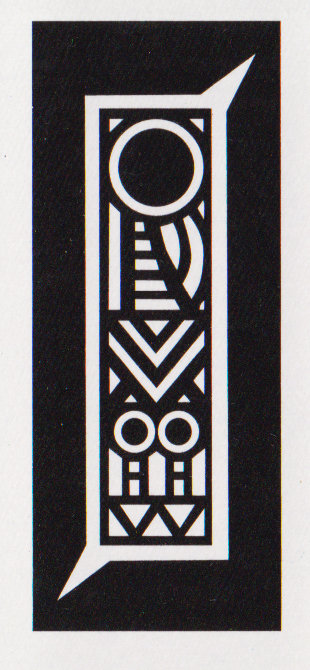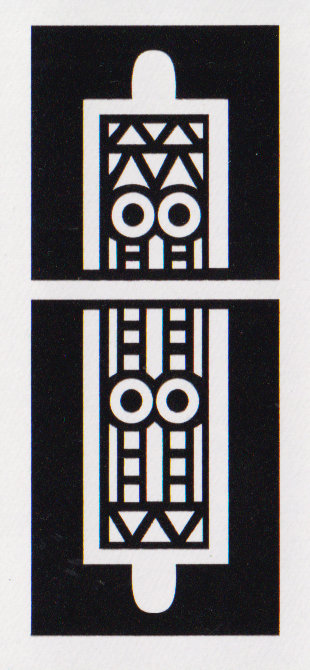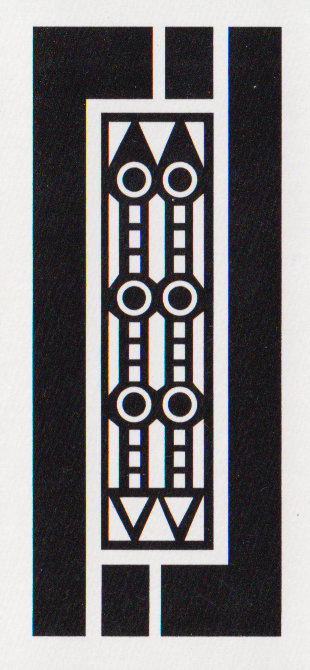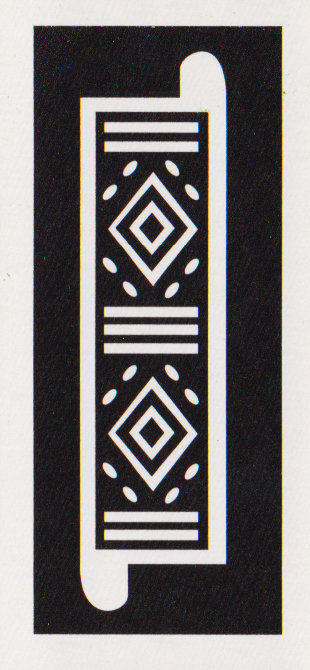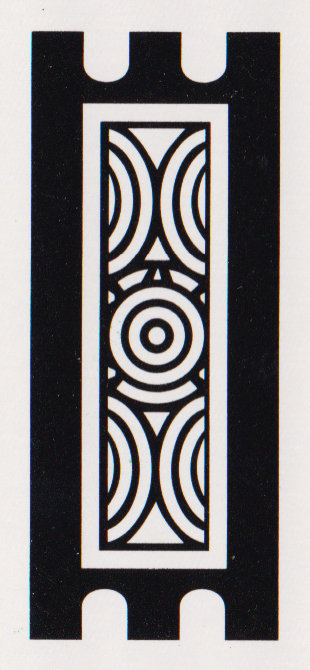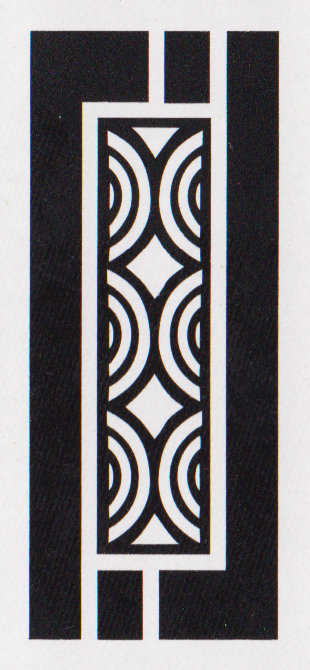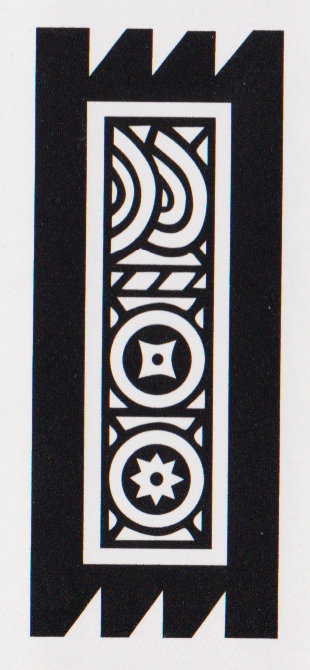Kartu Lima
Last updated: .
Kartu Lima (‘five cards’) was an unusual trick-taking game from Java, which was played with Ceki cards.A (46–57) The same game has also been described under the name Tepu.B (47)
The game below was described as being played in Surakarta. The version played in Yogyakarta was slightly different and is described afterwards.
Setup
Kartu Lima is played by at least five and up to nine players. A single deck of 60 ceki cards is used.
To determine where players sit, pairs of cards can be used, dealing one half to the table and the other half of each pair to a player. The players sit where the corresponding cards are on the table.
Cut for the highest card (Red Flower, Old Thousand, or 1 Myriads counting 10 and others their rank) to determine who is the dealer. The dealer shuffles and the player to their left cuts the deck. The dealer deals each player five cards, and then the player to their right begins the game. Play is in anti-clockwise order as in other south-east Asian games.
Play
The starting player can lead any card to a trick. The subsequent players try to ‘kill’ (ꦩꦠꦼꦤꦶ mateni or formal mejahi) the led card by playing one of equal or higher rank, within the same group (see the “Card Groups” section below).
A player does not have to beat the card led but must play one of the same group if possible. If they have no cards in the same group they toss in any card face-down (mberi).
The highest card (or last card of equal value) played to the trick wins it, and the player who played it leads to the next trick. The aim of the game is to be the winner of the last (fifth) trick played. The outcomes of the previous tricks do not count towards winning at all.
The winner of the round is called the banjiran (‘flooded’), and shuffles and deals for the next round. If they win a second game they are called mbanjir (‘flooding’?), and if a third and fourth, ladhu (‘volcanic flood’).
A pair of top-ranking cards in one hand, i.e. a pair of any dika, or the 9 of Strings or Coins, the 4 of Coins, or the Old Thousand, is unbeatable if led, and is called a mraji.
If the starting player has a hand with two pairs of mraji, they can reveal all four cards (mraji papat ‘four mraji’); these four cards would be unbeatable. The other players then discard down to one card and the final trick is played out.
Another variation is that any player who is dealt five Myriads cards can reveal them before the first trick to win instantly.
Scoring & Payment
There are various ways to make bets on the game. The first type is wudhon tengah (‘middle bet’); before each round, every player places the same stake (e.g. 5 or 10 cents) as a pot in the middle of the table. The winner of the round takes the whole pot. A new pot is made for each round.
Instead of winning the whole pot, a method called undhuh-undhuh (‘pickings’) may be followed. In this case the winner only wins back the amount that each player staked (e.g. if everyone staked 5¢, then the winner takes 5¢ from the pot). One pot is built and will last for a number of rounds equal to the number of players. It can also be agreed than anyone who wins a second round in a row instantly takes the remainder of the pot (in this case 20¢), and a new one is created. In this case, if they win a third or subsequent consecutive round (i.e. they are ladhu), they continue to win entire pots (in this case 25¢) until their winning streak is ended. Losers may “ante up” by adding an additional stake to the pot, called a tomprang; if the winner wins again they win the normal stake plus any tomprang. (It is unclear to me from the description how exactly this functions.)
According to the description, the pot (wudhon tengah) method is used for the first game (by which I understand, until the pot is emptied). After this a method called bal-balan (‘bolts’ or ‘bales’) is followed, whereby the other players bet against the banjiran: each player places any bet amount they want in front of themselves (not in a pot). Their stake must be at least the stake amount using during the wudhon tengah game and no more than double what the banjiran won. After this, if the banjiran wins again, they win all the stakes. If another player wins, they win their stake back, and also the stakes from the other players (up to the amount which they themselves staked).
Another possible type of bet is pethitan (“tapering point/tip”): if a player leads a dika to the last round and it is not beaten, they win the whole pot; if it is beaten, the killer takes the whole pot.
An optional rule is that anyone who is dealt a hand of five Cina cilik can reveal their hand and win the entire pot.
Roosters
Players may also make bets on specific cards, called “roosters” (jagoan, formal sawungan).
The first method is called “challenge of roosters” (jagoan tantangan): if a player has a dika card amongst the five cards in their hand, they may place it face-down on the table. This becomes their rooster (jago), and they place a bet on top of the card. Other players may also (but don’t have to) place rooster bets, with the same amount on their cards. Any player that can “kill” a card with their rooster wins their bet amount from the other players who placed bets.
The second method is called “steady roosters” (jagoan tetep); under this version, all players must place a rooster bet whether or not they have a dika card or not, but those without cannot win anything. Players without dika cards choose an arbitrary card to place face-down, so that it is not known who has roosters or not.
Side Bets
Optional side bets which can be made by players are as follows. In each case the player wins they amount they staked from the others who are participating.
Gor-goran (‘neglected’): guessing the top card of the undealt pack by playing a card from your own hand
Kucingan, bedoran, kasutan, pil, kèk, pong: in each of these bets the person who has a kucing (white flower), a bedor (1 strings), a kasut (1 coins), a dhimpil (2 myriads), a dèngkèk (2 strings), or a plompong (2 coins), respectively, wins the bet. If two players have the required card the bets are not paid out, and must start again in the next round.
Lemon (‘manure’): the players add up the value of their cards, counting WF/1C/1S as 1, RF/OT/1M as 10, and discarding the tens digit. Whoever has the highest (closest to 9) remaining is the winner. (This is reminiscent of the three-card game.)
Totohan abang-ireng: according to the description this was already obsolete in the 1940s; the player guesses if the top undealt card is “red” or “black”. All the red-stamped cards, the myriads, and the strings 5, 7–9 count as “red”; all the others (the coins, the strings 1–4, 6, and white flower) are counted as “black”. The reds are thus the Cina cilik (plus the 1M), and the Lintrik cilik and the blacks everything else.
Card groups
The card groupings are unusual and I have not yet figured out an explanation for how they are constructed.
Cina cilik (‘little Chinese’)
There are ten cards in this group: the Myriad cards from are all of equal rank. In the same group, but ranked higher, are Red Flower, and then Old Thousand is the highest.

Old Thousand is the highest-ranking card in this group.
© George Pollard, 🅭🅯🄏🄎
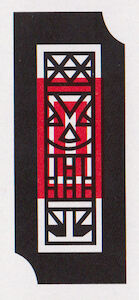
Red Flower is the second-highest.
© George Pollard, 🅭🅯🄏🄎
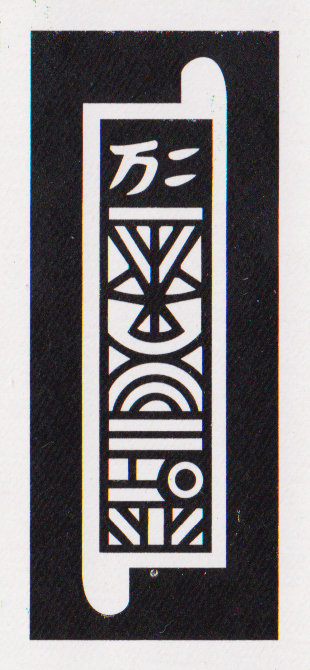 © George Pollard, 🅭🅯🄏🄎
© George Pollard, 🅭🅯🄏🄎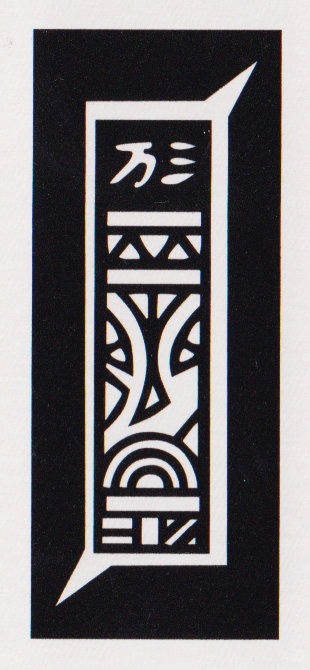 © George Pollard, 🅭🅯🄏🄎
© George Pollard, 🅭🅯🄏🄎 © George Pollard, 🅭🅯🄏🄎
© George Pollard, 🅭🅯🄏🄎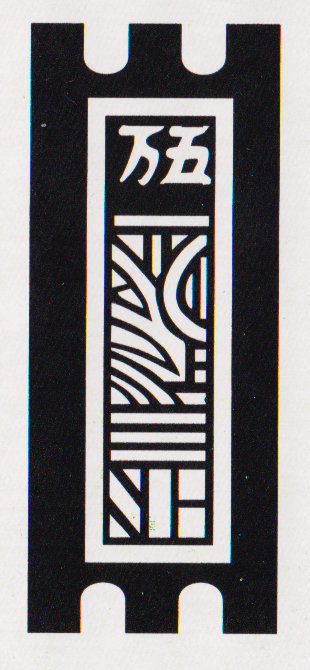 © George Pollard, 🅭🅯🄏🄎
© George Pollard, 🅭🅯🄏🄎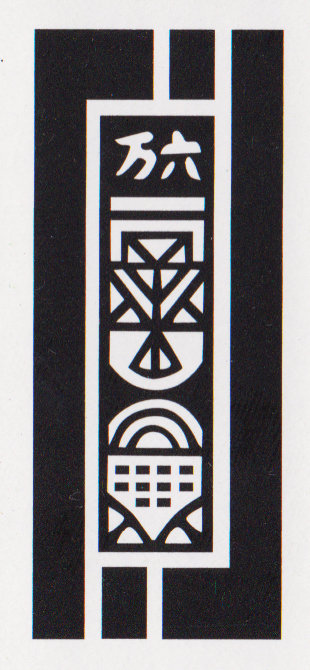 © George Pollard, 🅭🅯🄏🄎
© George Pollard, 🅭🅯🄏🄎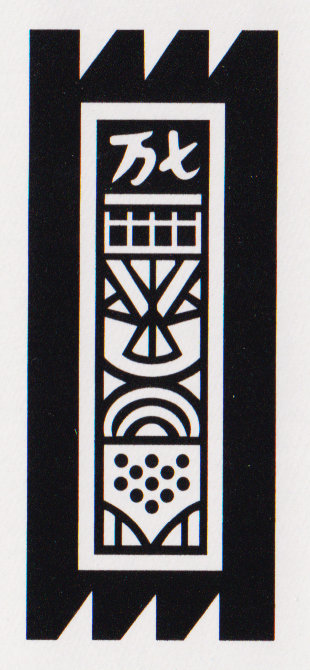 © George Pollard, 🅭🅯🄏🄎
© George Pollard, 🅭🅯🄏🄎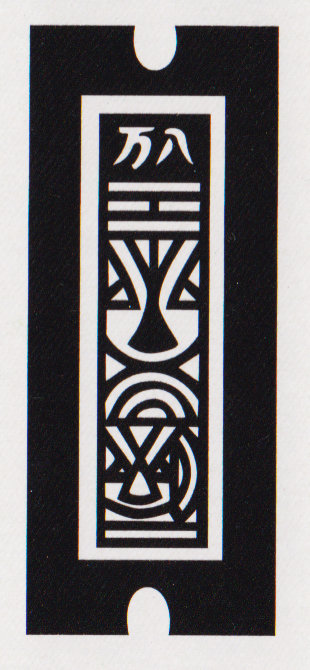 © George Pollard, 🅭🅯🄏🄎
© George Pollard, 🅭🅯🄏🄎 © George Pollard, 🅭🅯🄏🄎
© George Pollard, 🅭🅯🄏🄎Then the rest of the Myriads cards (aside from ) are ranked equally.
© George Pollard, 🅭🅯🄏🄎
3 & 4 Coins
There are only two cards in this group; the 4 of Coins outranks the 3 of Coins.
8 & 9 Coins
There are only two cards in this group; the 9 of Coins outranks the 8 of Coins.
Lintrik cilik (‘little rows’)
There are four cards in this group; the 9 of Strings outranks the 8 of Strings, and the 5 & 7 of Strings are of equal rank.
Dika
The remaining 12 cards are in this group. The name of this group comes from the work mardika meaning ‘free, independent, not in service to someone else’. This group should really be thought of as 12 different groups,As pointed out in Uhlenbeck (1983, p. 350). one for each card, as the cards in this group can only be beaten by their identical copy (there are two copies of each card).
Note that because these are really 12 separate groups, if one of the dika is led, the only card that is forced to be played is its matching partner (which, if played, must win the trick). You do not have to throw away another dika as a discard.
The cards are:
All non-red rank-1 cards.
© George Pollard, 🅭🅯🄏🄎
The 2, 3, 4, and 6 of Strings.
© George Pollard, 🅭🅯🄏🄎
The 2, 5, 6, and 7 of Coins.
© George Pollard, 🅭🅯🄏🄎
Wangsalan
For many of the cards there exist wangsalan, that is, riddling sentences that allude to the card’s name. These are used by the leading player to announce which card is being played. For the dika cards, if a player has the corresponding card that can kill the led one, they say ana kéné: “I have it!”
Dika cards
The wangsalan for the dika cards are, in the order presented above:A (p. 50)
Kucing (White Flower)
mandor ténong (supervisor of the snack box), since it is a cat!
Petik (1 Myriads)
gemak lesung (quail which hangs out near the rice pounding trough), since the word for “chicken” (pitik) sounds like petik
dadi layadan (lamented) because it is a synonym for dadi petikan (grieved), which contains petik
Bedor (1 Bamboo)
All of the wangsalan for this card refer to its phallic appearance:
lindu ambèn (sleeping-couch shaker)
pada nggawa (we all carry it), used amongst men
srutu wulu (hairy cigar)
disénggol modot (it grows longer when touched)
paku sentong (nail of the small room)
kenthès lèker (pleasant cudgel)
Kasut (1 Coins)
wong tuwa (old person), since kisut (wrinkled) sounds like kasut
sa tekem (a handful), “for the condition of a certain part of the body in an old woman”
Déngkék (2 Bamboo)
tiba kanteb (falling down), since rèngkèk-rèngkèk (walking with a bent back) sounds like déngkék
ménco jurang (mynah bird of the gorge), via another name for it tèngkèk
in Yogyakarta it was called kendang Sala (drum of Surakarta), since the drum sounds like andlingdanghèk(?)
Gunung (3 Bamboo)
Referring to the name “mountain”:
pager jagad (world wall)
wudun bumi (earth pimple)
gedé duwur (large and high)
Cawang (4 Bamboo)
sènggèt kembang (flower picking pole)
pedot del (sudden break)
pedot tengah (broken in the middle)
Kléja (4 Bamboo)
kluwung ésuk (morning rainbow), due to téja (rainbow)
Plompong (2 Coins)
bocah bisu (mute child), due to mlompong (with open mouth)
randa jégang (widow, sitting improperly with one leg drawn up)
tanpa tutup (without a cover)
Kanthong (5 Coins)
Kerok (6 Coins)
wajah tambur (drum time), since one would brush the horses (with kerok, a curry comb) when the drums sounded
Kéra (7 Coins)
Meaning “cross-eyed”:
putra pacé (child of a type of fruit), unclear but pécé means one-eyed
bebed klèmbrèh (a batik garment worn by men, hanging loosely)
mata keplèsèt (slipped eye)
Other cards
Wangsalan for other cards are:
Myriad cards other than the 1 Myriads
In Yogyarkarta these were referred to as “Secadiningrat”, after Tan Jin Sing (c. 1760–1831), an official of Chinese descent who held the title Radèn Tumenggung Secadiningrat from 1813.
Tambur (4 Coins)
rijal bètèng (rijal of a fort); rijal are strange noises heard in the dead of night, hence noises from a fort are drums (tambur)
bedug bètèng (mosque drum of a fort); the bedug is the drum that summons Muslims to prayer
lulang cilaka (misfortunate leather), presumably the drum skin which is beaten
Picis (8 Coins)
tumbak gajah (elephant spear), via cis, a short spear used to guide elephants
Glinding (9 Coins)
tambak ludira (pond blood), unclear
In Yogyakarta, lori Pundung (lorry for Pundung), or grobag Imagiri (cart for Imagiri), via ngglinding (rolling)
Sanga Bang (9 Bamboo)
geni murub (flaring fire)
obor (torch)
Kertu lima Yogyakarta
(This section is as yet incomplete.)
References
Siem, Tjan Tjoe [曾祖沁] (). Javaanse Kaartspelen: bijdrage tot de beschrijving van land en volk [Javanese Card Games; text in Dutch]; Verhandelingen van het Koninklijk Bataviaasch Genootschap van Kunsten en Wetenschappen volume 75. A. C. Nix & Co.: Bandung, West Java, Indonesia.
Tauern, O. D. (). ‘Javanische Kartenspiele’ [text in German]. Zeitschrift für Ethnologie vol. 46 (1): pages 45–48.
Uhlenbeck, E. M. (). ‘Tjan Tjoe Siem: Javaansche Kaartspelen: bidrage tot de beschrijving van land en volk’ [text in Dutch]. Bijdragen tot de Taal-, Land- en Volkenkunde vol. 139: pages 348–356.
